How many apps you have on your smartphone? How many of those apps are serving your daily or weekly needs and how many of those apps are just to kill boredom? How many of those apps are rarely opened once in a month but you still keep those apps intentionally?
Research shows that there are 80+ apps installed on the average smartphone. But with that said, people aren’t using all of those apps. The average person uses 9 mobile apps per day and 30 apps per month. As a matter of fact, more than half of the apps are not used even on monthly basis. But why are these apps still on the smartphone? Let’s try to understand the app usage by categorizing the apps into the following 2 buckets based on the intent:
- Apps that serve a particular need
- Apps to expel the dullness or kill boredom
There are apps that serve the particular need of the user e.g. messaging, calendar, shopping, bill payments, food ordering, taxi ordering, finance for transactions, maps, etc. The user intent is very high whenever the user has to open these types of apps. There are apps that serve no particular need, but help users to get rid of the dullness (low or no intent) e.g. entertainment-based apps, social media, games, music, photo filtering based, etc. And there are apps that can be tagged with both the above categories.
Research also shows that users open quite often and spend more time on the apps that are helping them expel the dullness or killing boredom, whereas the apps that serve a particular need are rarely opened, as the need might not be occurring so frequently. But user keeps those apps as there might be a need anytime in the future, e.g. flight booking apps, taxi ordering apps, bill payment apps etc.
Now, if we add another dimension of time into the above intent-based categorization, we get the following:
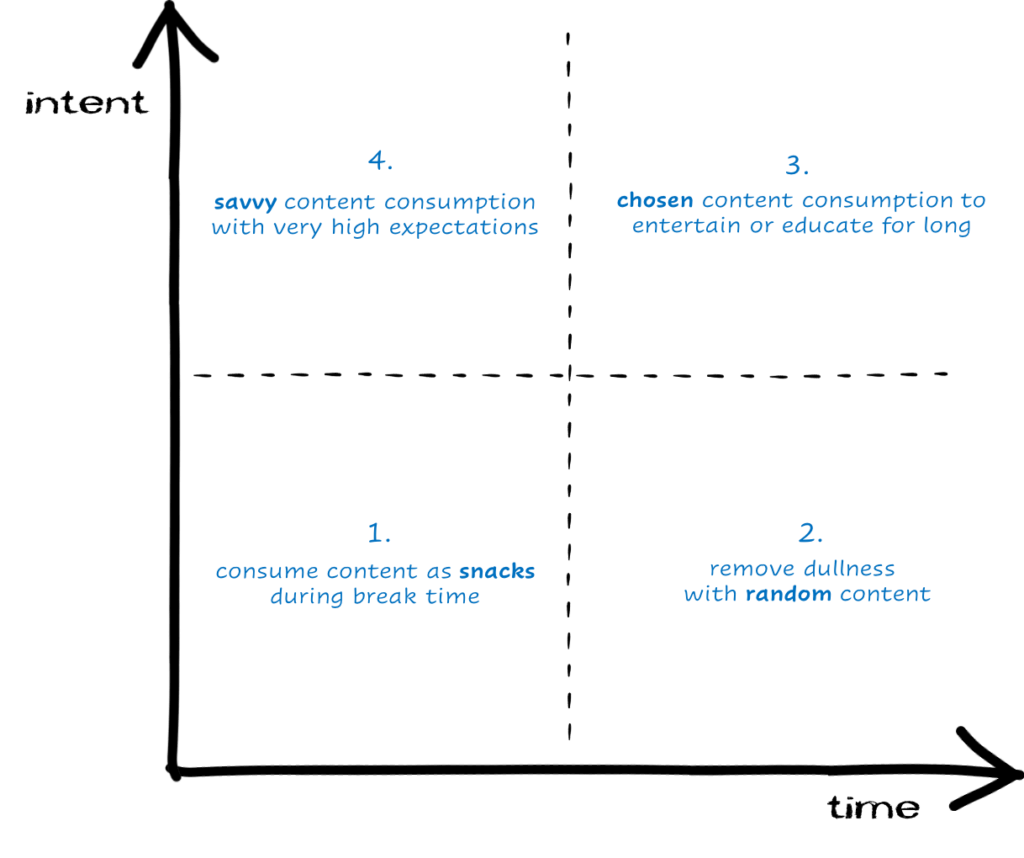
On x-axis, we have “time” i.e. how much time the user has to consume the content. On the y-axis, we have the “intent” of the user. Let’s understand the user behaviour in each quadrant.
1. Users having low intent and less time to consume the content:
This is the situation when users want to take a break or wait in a queue or have nothing to do for a very short period of time. Users usually open their favorite apps during this time having no intent on what kind of content they would be consuming, but they take it as a snack during a break. e.g. Social media apps (mindless scrolling), casual/arcade games, news (shorter format) apps, etc.
Takeaway: These breaks come very frequently in users’ life and they open their favourite apps – which they are habitual to. (story on habits forming) Usually, apps following in this quadrant have high DAUs and MAUs with higher session times. As the audience is having low intent, advertising works as the best monetization model in this case. Research shows that users who click and further purchase with the ads are shown on the apps falling under this quadrant as users having low intent are easily distractable with any kind of content which might be interesting to them.
2. Users having low intent and much time to consume the content:
This is the situation when users are planning to spend too much time consuming the content but don’t know what to consume, mostly after the long tiring time. So they randomly surf. e.g. OTT apps, hardcore games, social media with longer format videos, podcasts, music streaming apps etc.
Takeaway: Since users are not sure about what content to consume, they tend to entertain themselves with long formats videos, music or games. It is also the time for users to discover apps with great content. Apps like OTT players can target their new users in this target and impress them with great content, so that next time whenever users have much time to consume entertaining content, they have the destination (rather randomly surfing content).
3. Users having high intent and much time to consume the content:
This is the situation when users start having expectations before they consume the content. When users have much time to spend, they usually go to their favourite apps and search for the chosen content to consume. E.g. OTT apps, hardcore games, social media with longer format videos, podcasts, music streaming apps etc.
Takeaway: You see that the type of apps is almost the same in quadrants 2 and 3, the only difference is that users go to their favourite apps in quadrant 3. Once users’ expectations are met, they are willing to spend money for more engaging content and eventually become subscribers. The most popular example is OTT apps having a great number of subscribers.
4. Users having high intent and less time to consume the content:
This is the situation when users don’t have much time but have very specific needs. They usually want the savvy information as quickly as possible. Once they get their expected information/solution, they exit the app and continue with their life. For e.g. Google search is leading this space – users just search their intended query, get information/solution and exit. Other examples are stock market-based apps, utility-based apps e.g. taxi booking, food ordering etc.
Takeaway: Users here have very high expectations from the apps they would open. If expectations are failing even for 1%, they switch to other apps. But users in this quadrant are highly valuable as they are willing to pay a premium to the content they consume. For e.g. Fitness apps have a great opportunity to serve its audience in this segment as fitness junkies seek regular information to improve their lifestyle in terms of diet, exercise tips etc. Content is just not content here, but savvy content.
Above are the fundamental behaviours of the users online when they have to consume content. We can further refine the above model with humans basic hunting and gathering instincts i.e. to collect more stuff (hunt) with minimum effort (gather), we can further refine the value proposition of the products after we know our target audience falls under which quadrant. Let’s connect to discuss that. 🙂
Exercise – Podcast Listening
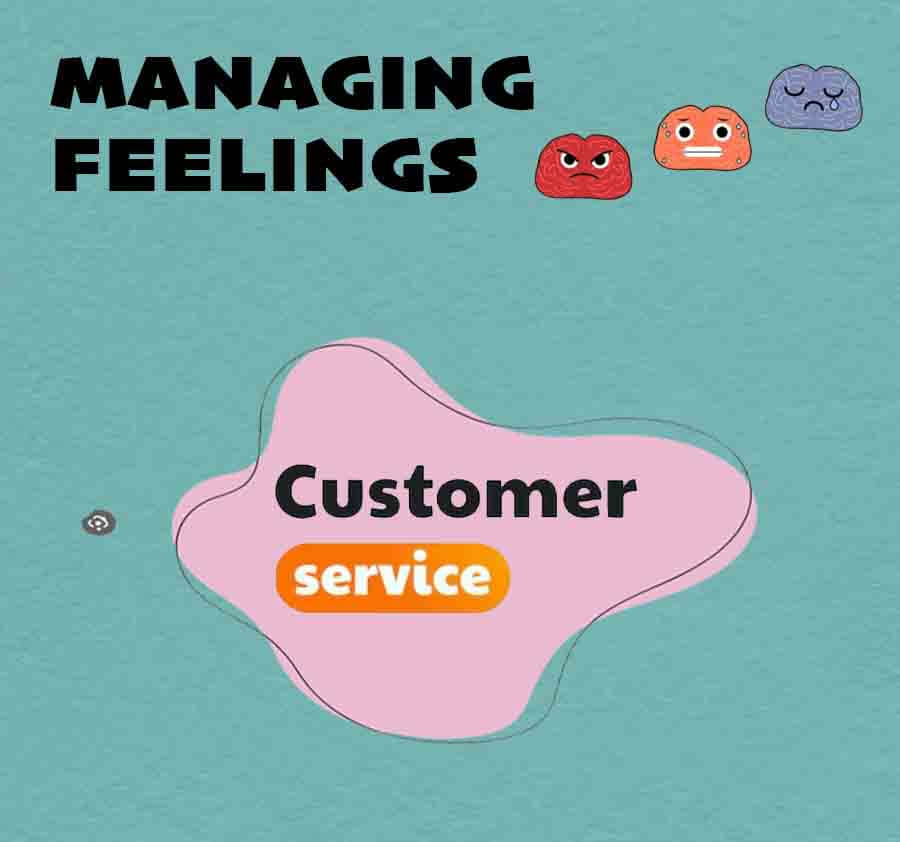
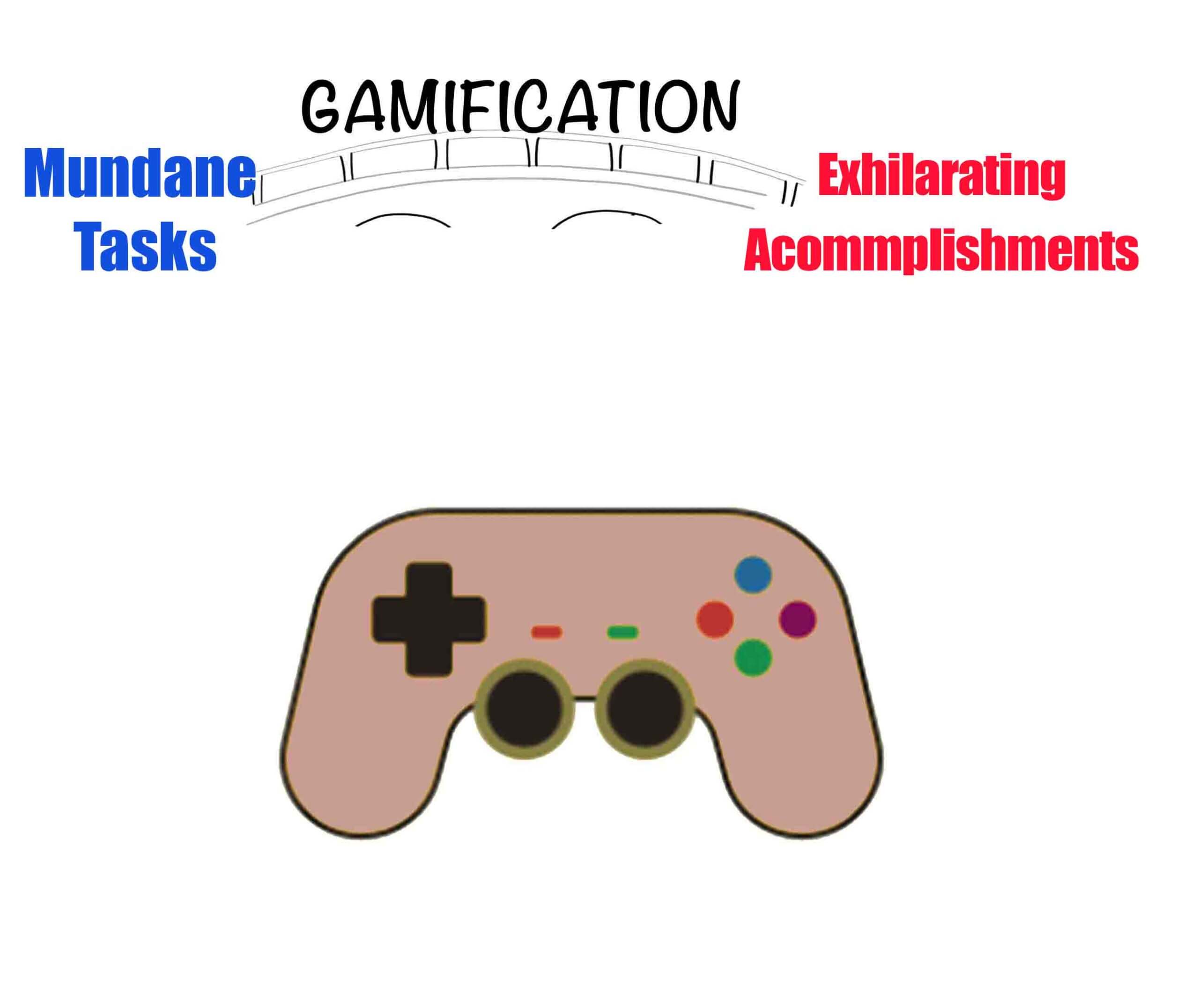

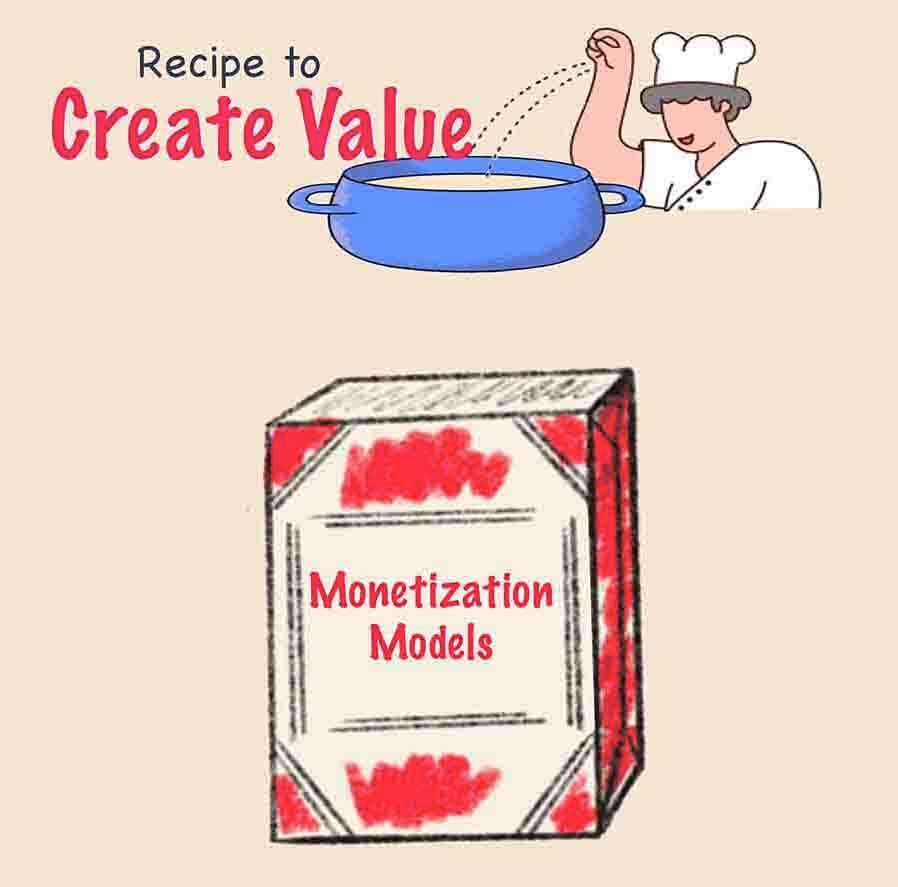
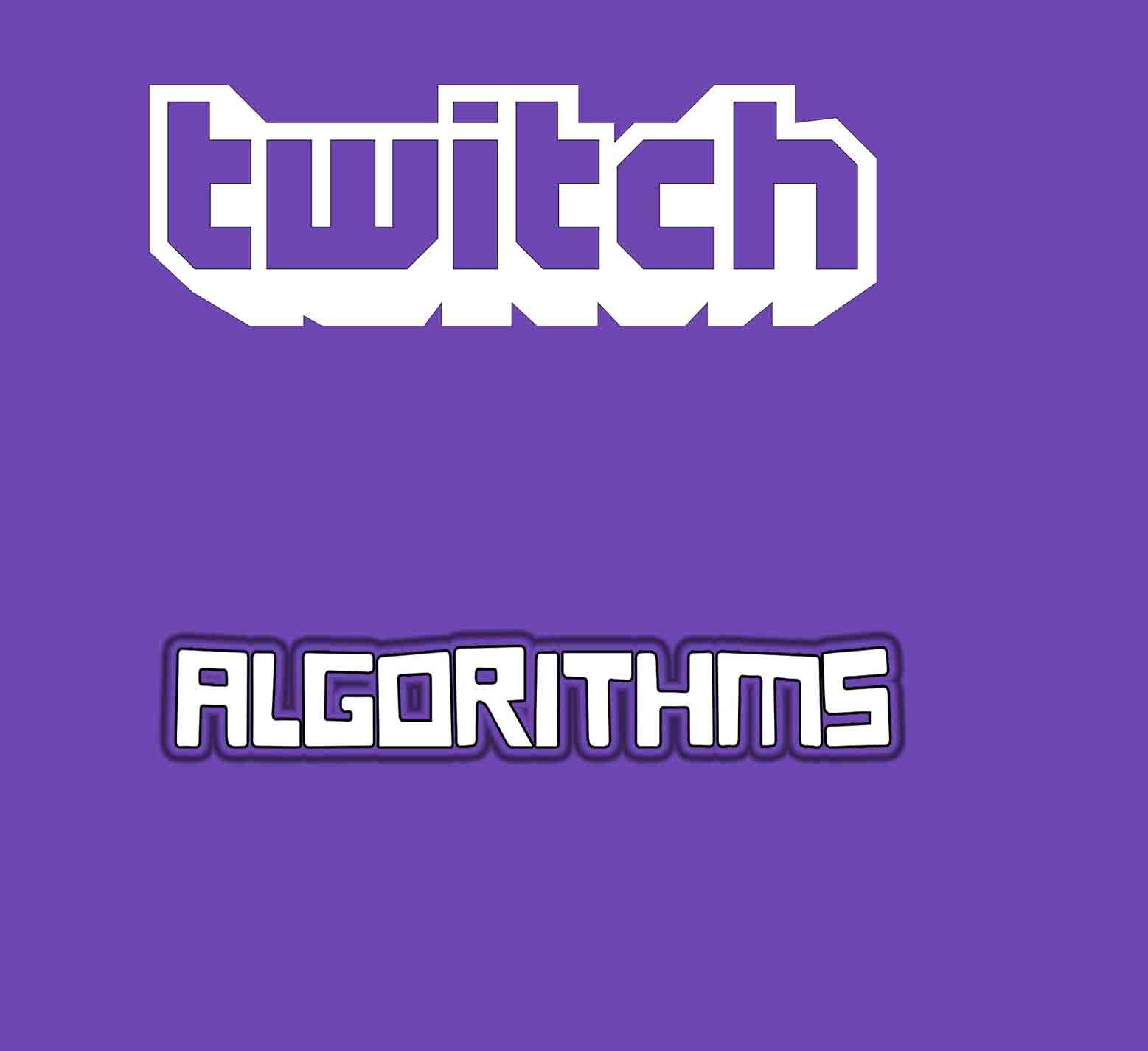
 Swipe for more stories
Swipe for more stories
Comments